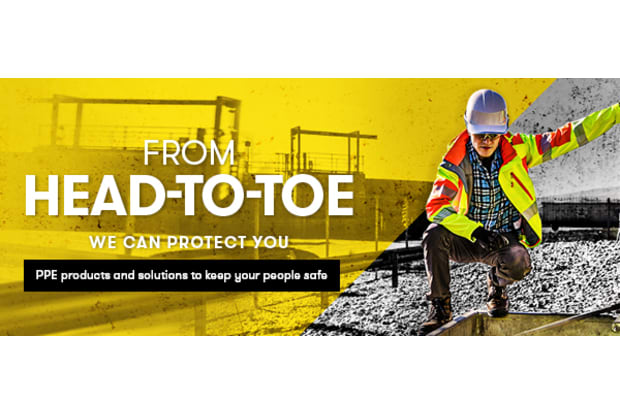- Published 11 Jan 2023
- Last Modified 18 Jun 2024
- 13 min
Face Masks and Shields Guide
Our guide outlines the regulations and explains the requirements for different industries.
First published December 2020. Reviewed by David Carmichael, Technical Support Engineer (September 2021)
What is a Face Mask?
Face masks and face shields are protective coverings designed to help reduce the risk of infectious diseases, viruses or bacteria spreading to and from the wearer. Most types are worn over at least the nose and mouth simultaneously, with some face coverings shielding a larger area including the eyes.
Since the onset of the global COVID-19 pandemic in 2020, face shields and masks have seen a huge surge in day-to-day use along with other types of PPE (Personal Protective Equipment).
What is a Face Shield?
A face shield is a piece of PPE that provides protection to the wearer’s entire face from hazards and risks, such as chemical splashes, debris, and infectious and transmissible diseases.
When Do You Need to Wear a Face Mask or Shield?
In England, the legal requirement to wear face coverings indoors and on public transport ceased from 19th July 2021.
Instead, the focus has now shifted to allow individuals to make personal judgments based on the risks.
This is largely dependent on where you are and if there are other people around you. Factors affecting what is sensible for a given individual will include their unique working and living environments, personal health and risk levels, and the type and frequency of their interactions with others.
However, even though they are no longer strictly mandatory, face coverings are still strongly recommended in public areas and high-risk shared spaces. For example, this could include:
- Crowds
- Enclosed public spaces
- Public transport
Face shields and coverings are also a key part of sensible approaches to safety at work, particularly for employees returning to the workplace.
It should be noted that face shields - i.e. plastic full-face protective visors, offering spatter or debris protection for the eyes as well – are not usually suitable as a standalone defence against small droplets and smaller airborne virus particles. If you require full face protection and COVID protection at work, you may need to combine a face shield with some form of respiratory (mouth and nose) mask.
Types of Masks and Shields
There are numerous types of face masks currently on sale in the UK. Some of the more popular types of face shields and coverings are listed below.
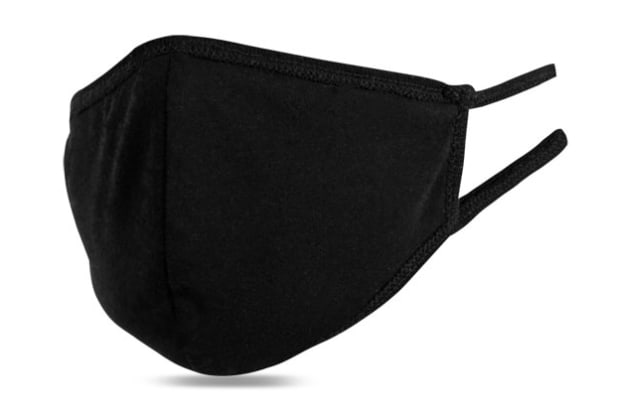
Reusable Face Masks and Shields
Reusable face masks and shields tend to be more robust than disposable variants. They can often be slightly better fitting too since they are likely to be designed with more intricately adjustable loops and straps. Some are available in a range of sizes, rather than being a single-size solution like many disposable models.
Between reusable mask uses, it is important to wash them promptly and thoroughly. Most guidance suggests you should wash them after each use, so it is always sensible to have a spare.
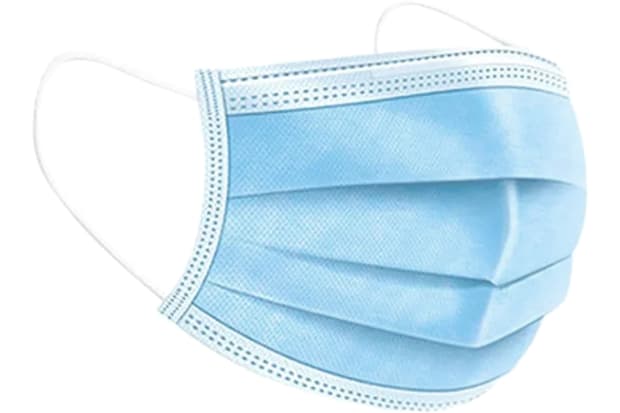
Disposable Face Masks and Shields
Disposable face masks are designed as a quick, cost-effective and hygienic solution in scenarios where you are likely to be put at risk of transmission repeatedly in a short space of time. This can make it impractical to keep changing to a clean reusable version if, for example, you are involved in close interactions with numerous different people in quick succession.
As such, disposable masks will tend to be an appropriate measure for people spending time in certain types of workplaces. However, they may not be robust or close-fitting enough for practical use in some scenarios.
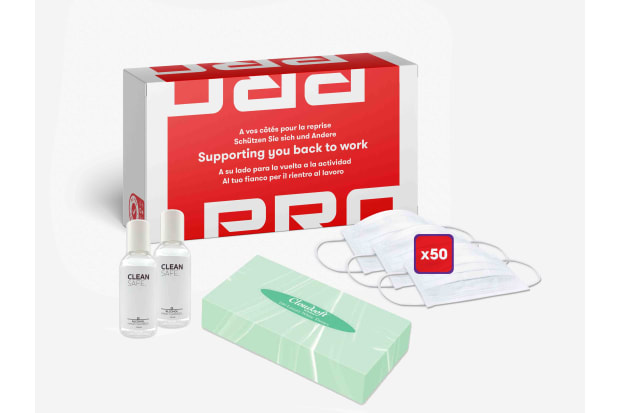
Face Masks and Shield Kits
Face mask kits tend to be handy packages providing a convenient way to change coverings or clean your hands between uses. They may contain multiple single-use shields or masks, or a reusable model along with some sort of alcohol wipe or hand gel for quick cleaning on the go. This type of product will be of most use to someone whose work involves travelling between different sites or clients.
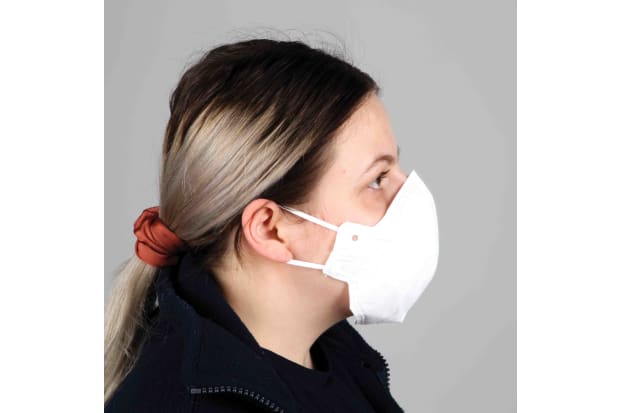
Sanitary Face Masks and Shields
Sanitary face masks (coverings specifically designed for use in sterile environments) may well be washable and water-repellent. They often feature added filter layers, for more advanced protection of both the wearer and others in the vicinity.

Medical and Surgical Face Masks
Medical or surgical masks usually imply disposable, one-size coverings dispensed rapidly from a bulk box, ideal in many standard surgical or operating environments. They are mainly designed to protect against larger droplets.
They will also provide a degree of protection from airborne particles in general use cases, but their filtration may not be up to full antiviral standards when used around more vulnerable people in a professional medical context.
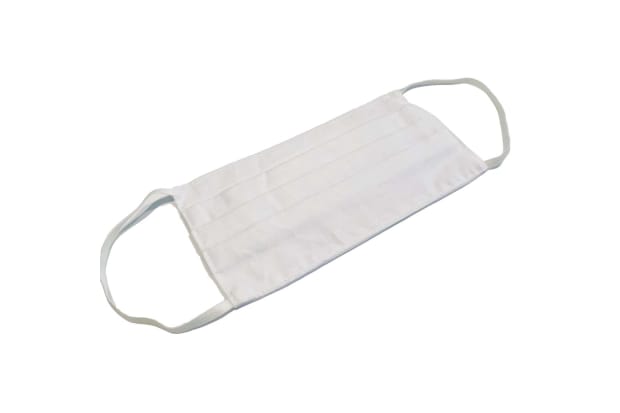
General Purpose Face Masks
Non-medical, general-purpose face masks provide a basic degree of protection. While they are typically not medical-grade, they will be broadly suitable as added protection for most people going about their day-to-day activities in public.
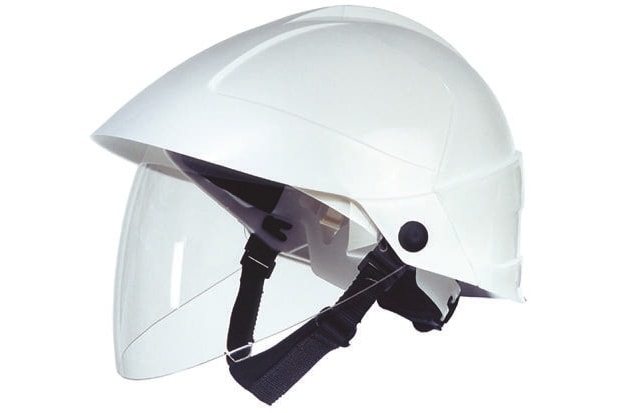
Anti-Fog Face Shields
Anti-fog face shields are designed to prevent misting due to exhalation, which can make it difficult to see clearly through plastic face shields. They are most likely to be useful to people who need eye protection in addition to having their mouth and nose covered, but who also need to maintain a clear and detailed view of what they are working on.
Typically, a full-face shield visor alone will only protect from droplets and spatter. To better protect the wearer and people around them from inhaling or exhaling finer airborne virus particles, face shields will usually need to be worn in addition to some sort of respiratory mask or covering.
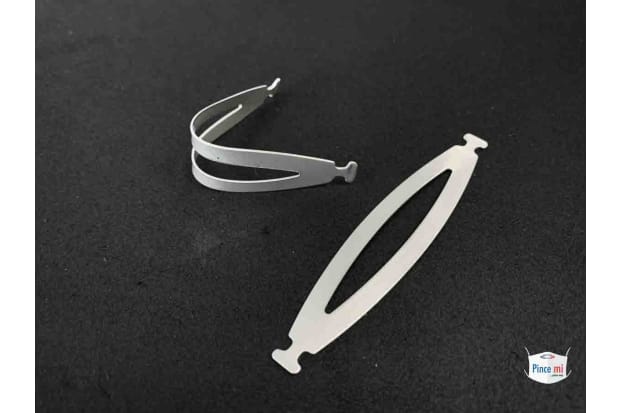
Aluminium Face Mask Clips
Flexible aluminium face mask clips can be bought as extras to help with achieving a better fit and seal, particularly around the nose. This is especially useful for many types of disposable face masks, which are often sold as one-size, single-use varieties. These may not fit quite as snugly as some reusable or highly adjustable covering types, so adding a clip can help mould the covering more effectively to the contours of your face.
Face Masks and Coverings for Coronavirus
Why Do You Need to Wear a Face Mask for Coronavirus?
Wearing some form of protective shield over the mouth and nose when out in public has been scientifically proven to help lower infectious disease transmission rates.
Medical experts have made it explicitly clear that wearing an appropriate face covering significantly reduces an individual’s risk of both catching and passing on COVID-19.
When Do You Need to Wear a Face Mask or Covering?
In England, the legal requirement to wear face coverings indoors and on public transport ceased from 19th July 2021.
Instead, the focus has now shifted to allow individuals to make personal judgments based on the risks.
This is largely dependent on where you are and if there are other people around you. Factors affecting what is sensible for a given individual will include their unique working and living environments, personal health and risk levels, and the type and frequency of their interactions with others.
However, even though they are no longer strictly mandatory, face coverings are still strongly recommended in public areas and high-risk shared spaces. For example, this could include:
- Crowds
- Enclosed public spaces
- Public transport
Face shields and coverings are also a key part of sensible approaches to safety at work, particularly for employees returning to the workplace.
It should be noted that face shields - i.e. plastic full-face protective visors, offering spatter or debris protection for the eyes as well – are not usually suitable as a standalone defence against small droplets and smaller airborne virus particles. If you require full face protection and COVID protection at work, you may need to combine a face shield with some form of respiratory (mouth and nose) mask.
Wearing a Face Shield or Mask in a Workplace
Face masks in work - whether that is an office or any other type of workplace - are broadly seen by the UK Government as an important step in making a safe return to work and commuting publicly outside our homes. Although some employees and businesses have transitioned to working from home on a more permanent basis, it is recognised that this is not a possibility for all individuals and industries.
A more detailed guide to face shields, masks and general COVID safety for specific jobs, workplaces and roles has been created by the Department for Business, Energy and Industrial Strategy (BEIS). Click here to see their guidance on working safely during Coronavirus. Official guidelines are being updated regularly as the landscape around the pandemic shifts.
How to Wear a Face Mask Properly

There are two main elements involved in knowing how to wear a face mask properly. Firstly, you need to know which type of covering you are going to be wearing (i.e. protective face shield or mask). Secondly, it is important to know how to fit and position it for effectiveness and comfort.
You can check our separate article for illustrated guidance on positioning a disposable mask. Any covering should fit as snugly and tightly as possible to create a seal around the mouth and nose, while also being breathable and comfortable enough to wear for the duration of your time spent indoors in public areas.
- Always wash your hands or use a hand sanitiser before touching and putting on your face mask, disposable or otherwise. Once in place, you can adjust it to provide the best seal possible, but then you should leave it alone and avoid touching it
- If your model has a mouldable nose piece or nose wire, this will help to create a seal
- Avoid touching once it is in position on your face, especially while out in public spaces. If you must adjust it, try to do so using the elasticated loops, rather than by touching the front panel
- If you are using a disposable face mask, replace it when it becomes damp and do not re-use
How to Remove a Face Mask Properly
The key to removing a face mask and disposing of it (for single-use models) or washing it is to do so promptly, responsibly, and with as little handling of the front panel (or your face) as possible.
Remove it by the loops or ear straps, and if it is a reusable covering, ideally put it straight in the wash. For disposable masks, discard them responsibly in an appropriate bin. Try to avoid touching your face as you remove it. Always wash your hands immediately afterwards.
Face Mask and Shield Buying Guide
The best type of mask to wear in a given scenario will depend on numerous factors. Chief among these is what you are doing and where, who you are interacting with, and the risk levels involved for both yourself and those around you.
With so many variables involved, it is impossible to give a clear one size fits all directive on exactly where the ideal balance between caution and practicality lies. In many cases, you will need to make that decision for yourself, based on a combination of official government advice along with all available professional, scientific and medical guidance.
With that said, the following section of this face mask guide offers an outline of several popular types of coverings and face shields available to buy online in the UK.
What Features to Look for in a Face Mask or Shield
Certain activities or environments - particularly in the workplace - will demand specific grades of protection to meet mandatory standards of hygiene and safety. In most cases, professional guidance will make it clear if these standards apply to you in your job or role.
Elsewhere, regardless of which type of face mask you are shopping for, you should try to ensure that any covering you do wear is:
- Close, well-fitting, forming a reasonably snug seal around your mouth and nose
- For cloth masks, sufficiently tight-knit that it is not especially easy to see through if you hold it up to the light
- Lightweight, comfortable and breathable enough to wear for the duration of any public interactions, especially while indoors
- Easily adjustable, ideally via elasticated ear loops and without having to handle the front panel once in place
Face Masks v Face Shield
Characteristic | Face Mask | Face Shield |
|---|---|---|
Protection | Protects the nose and mouth | Protects the entire face |
Breathability | Varies on material | Better breathability than face masks |
Communication | Can muffle speech and impact lip reading | Transparent plastic does not impact speech and allows for readability of facial expressions |
Durability | Depending on the material, may wear over time | More durable, but possibility of scratching and cracking over time |
Compatibility | May interfere with glasses, piercings, and hair | Compatible with most glasses, piercings, and hairstyles |
Effectiveness | Effective against pathogens and respiratory droplets | Effective against pathogens, respiratory droplets, flying debris, heat, chemical splashes, and sparks (depending on the type of shield) |
FAQs
What are the Best Face Mask Materials Available Online?
There are many different kinds of face mask material to choose from. The best material for a given face covering will depend on factors such as:
- The level of protection you require
- The likelihood of exposure (for you and others)
- The length of mask-wearing time
Common face mask materials incorporated into both reusable and single-use protective face coverings may include:
- Cotton or canvas (reusable)
- Polyester face masks (all types of mask)
- Polyethylene face masks (more common for disposable coverings)
- Polypropylene face masks
How Many Layers Do You Need on a Face Mask to Make it Safe?
Broadly speaking, the more layers, the more protection it will offer, both to the wearer and others around them. Most guidance suggests that 3-ply fabric masks are a good standard to aim for, but even a single layer - while not advisable for most public uses - is better than nothing at all.
How Do You Wear a Face Mask with Glasses?
Many people who wear glasses notice that their lenses tend to fog up while wearing a mouth and nose mask. The best way to prevent this is to make sure the seals around the edges of your face covering are as tight-fitting as possible - particularly around the top, nearest the glasses.
If you are wearing a mask that is difficult to mould into place, you can use an aluminium clip - or even a piece of tape - to help create a better seal.
Key Products
Face Masks
Shop our full range of face masks online, including both reusable and disposable varieties.
PPE Protection in the Workplace
From legislation to the best products and equipment, we've pulled together everything you need to know about PPE protection in the workplace.
Related links
- Sundstrom H02 Gas and Vapour Filter for use with Sundstrom Half...
- Sundstrom SR 297 ABEK1 Gas and Vapour Filter for use with...
- Respirator Masks
- Face Masks
- Sundstrom SR 299-2, ABEK1-Hg-P3R Combined Filter for use with...
- H05-0002 Sundstrom Blue Silicone Face Mask
- H05-0003 Sundstrom Blue Silicone Face Mask
- Grey Disposable Face Mask Nose Clip


